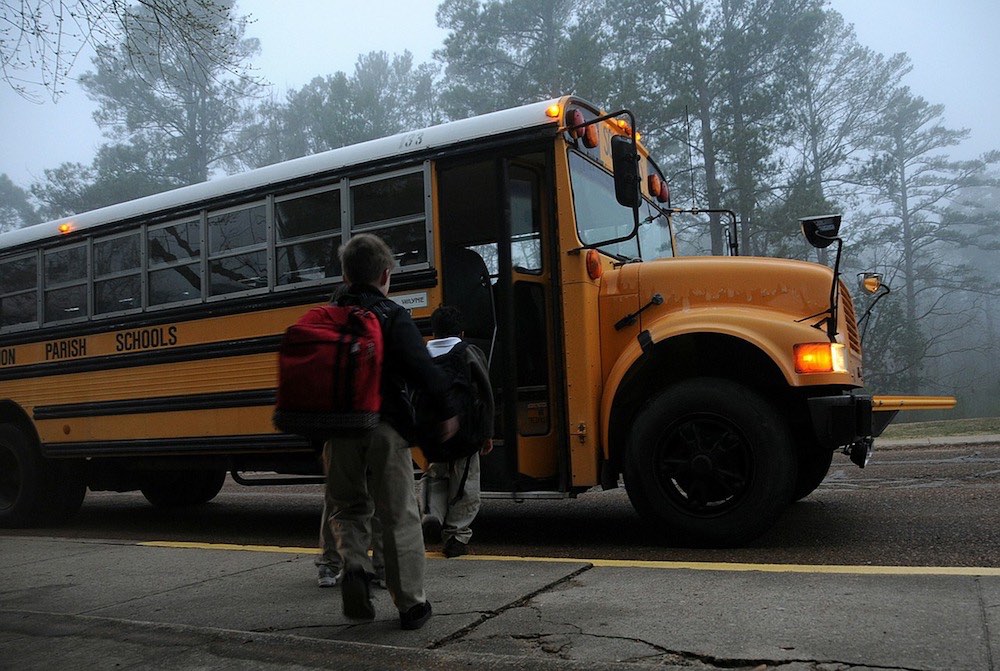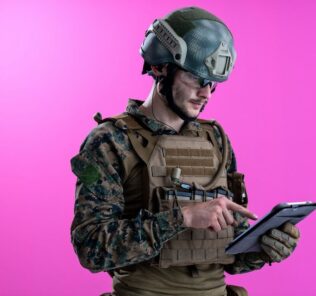Can Simulations Go Too Far? CNN Shares American Academy of Pediatrics’ Concerns
Yesterday in Victoria Brazil’s webinar on Translational Simulation Scenario Design, the audience discussed the importance of ensuring that clinical tasks were specific and within the reach of the learners engaging in the experience. Shockingly, HealthySimulation.com writers have seen medical programs make residents cry after requiring them to take part in a scenario that required knowledge they “did not yet know”. Why give a “Kobayashi Maru” exam that is impossible to pass just to force a learner to specifically feel inadequate? On the other hand, we have never understood why some educators refuse to “kill the patient” when a learner makes a critical mistake. Shouldn’t we experience the real consequences of our actions when trying to create realistic healthcare simulation experiences? We are comfortable with the idea of letting a new pilot learn a valuable lesson if they forgot to deploy the landing gear before landing — so why not in healthcare? That all being said, how real does an active shooter drill simulation experience need to be for unsuspecting children at a school? If the participants have little to no power to change the outcome of the simulation or the actual event because its beyond their capabilities — then is that fair to ask for their participation? CNN’s Scottie Andrew recently shared an article “Pediatricians call for schools to end active shooter trainings that could traumatize students” which explores this topic more:
The American Academy of Pediatrics (AAP) outlined the risks of active shooter drills that simulate an attack or drills that students believe are real crises in a policy statement this week. Both types of drills can cause students psychological harm and may even hinder the decision making of school faculty in real crises, the AAP said.
More research is needed on how to best prepare students and faculty for a school shooting, the association said. Children and teens should be involved in some drills that prepare them for crises, the AAP said, but not when participating in those drills could do more harm than good.
Sponsored Content:
Typical active shooter drills might have students hide in a part of their classroom and keep quiet. More intense variations may stage a shooting, and some may even be conducted without prior warning to students and parents. In its policy statement, published in the journal Pediatrics, the AAP advised against “high-intensity” active shooter drills, which may use real weapons, gunfire and makeup made to look like gunshot wounds or blood. Active shooter drills are often planned without the input of experts who can address the needs of young children, children who’ve experienced trauma and disabled children. Students should only be included in drills that are designed for their benefit, the AAP said, not just for the benefit of faculty.
There’s evidence, too, that intense drills could even hinder decision making by adult staff: The AAP cited a study by a school safety nonprofit that conducted over 8,000 video and audio drills. The nonprofit found that school staff who completed active shooter training designed to help them make decisions in the moment were nearly twice as likely to make the wrong decisions in a crisis compared to untrained staff who relied on common sense.
“It is possible, and even likely, that other well-intentioned preparedness efforts may inadvertently cause children and adults to place themselves in additional danger in a crisis situation,” the AAP said. “Children (and adults) might be taught to fight a heavily armed intruder, when fleeing or hiding would be a more appropriate response.”
Then there’s the drill that students aren’t prepared for. The AAP described an experience at a high school that “deceived” its students into believing they were in an active shooting. Students vomited, fainted and even wrote “farewell notes” to their parents when they believed they were being attacked. Children escaped by jumping over fences and stampeded in hallways. Such high-intensity crises may cause students to view adults and peers as “potential killers” and could heighten their anxiety. The AAP recommended schools eliminate drills that “deceive” students and parents.
Sponsored Content:
—-
Certainly students should practice drills like they would for any emergency, fire, earthquake, and shooter. But to put them and educators in combat like experiences has no proof it helps — and if anything, is showing to create real signs of stress and anxiety. What do you think?
Read the full article on CNN Here
Lance Baily, BA, EMT-B, is the Founder & CEO of HealthySimulation.com, which he started while serving as the Director of the Nevada System of Higher Education’s Clinical Simulation Center of Las Vegas back in 2010. Lance is also the Founder and acting Advisor to the Board of SimGHOSTS.org, the world’s only non-profit organization dedicated to supporting professionals operating healthcare simulation technologies. His co-edited Book: “Comprehensive Healthcare Simulation: Operations, Technology, and Innovative Practice” is cited as a key source for professional certification in the industry. Lance’s background also includes serving as a Simulation Technology Specialist for the LA Community College District, EMS fire fighting, Hollywood movie production, rescue diving, and global travel. He and his wife Abigail Baily, PhD live in Las Vegas, Nevada with their two amazing daughters.
Sponsored Content:




















